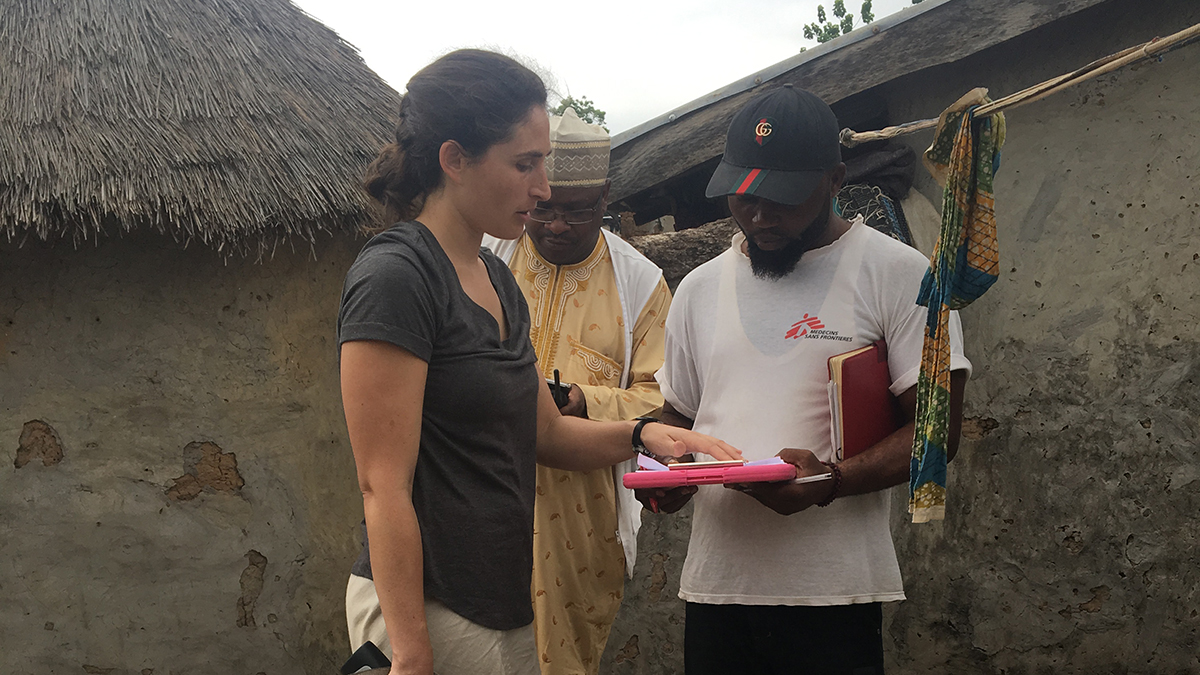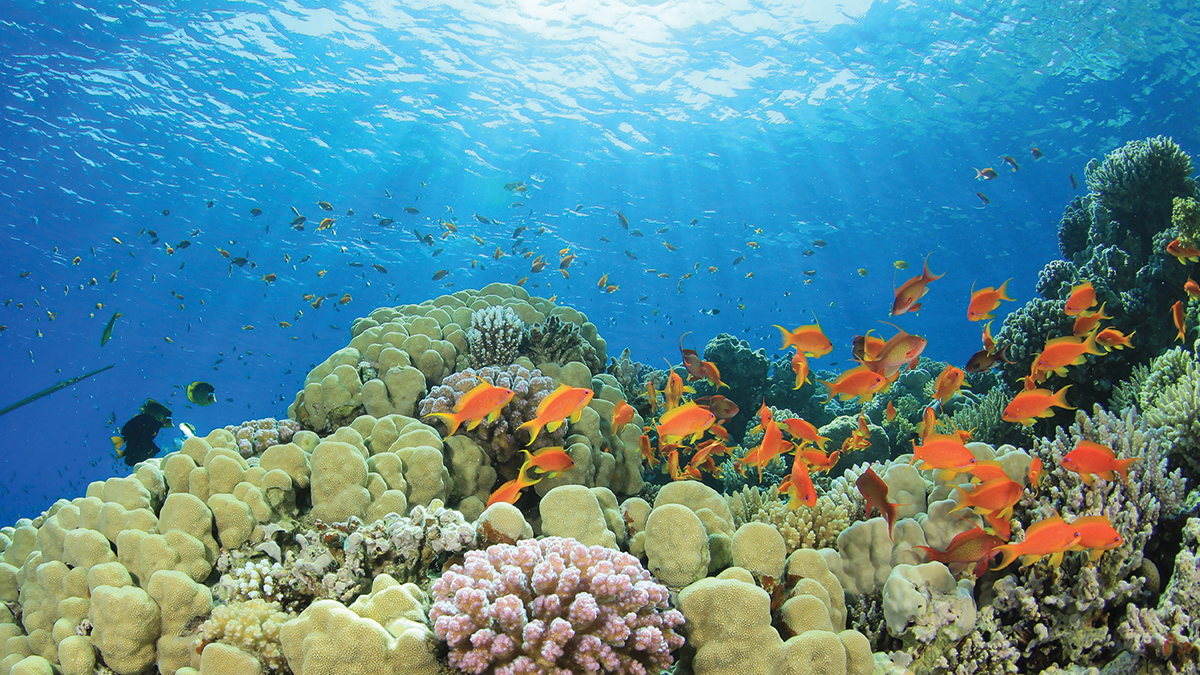Teaching in the Coronavirus Era
By Debra Shapiro
Right to the Source
Wind Erosion and the Dust Bowl
Citizen Science
iNaturalist: Citizen Science for the Digital Age
The Science Teacher—April/May 2020 (Volume 87, Issue 8)
By Jill Nugent
Career of the Month
Environmental Health Scientist Casey Bartrem
The Science Teacher—April/May 2020 (Volume 87, Issue 8)
By Luba Vangelova

Environmental health scientists study how environmental toxins impact human health, and work to mitigate such risks. They may be employed by government agencies, universities, or private companies, and specialize in areas such as environmental remediation (cleanup); consumer-product and chemical-safety testing; food manufacturing; landfill management; and occupational health and safety. It’s a multi-disciplinary field that pulls from social science, environmental science, and public health. The work can involve research, training, sampling sites, cleaning up polluted areas, and advising policymakers. Casey Bartrem is an environmental health scientist who serves as the executive director of Terragraphics International Foundation (TIFO) in Moscow, Idaho.
Environmental health scientists study how environmental toxins impact human health, and work to mitigate such risks. They may be employed by government agencies, universities, or private companies, and specialize in areas such as environmental remediation (cleanup); consumer-product and chemical-safety testing; food manufacturing; landfill management; and occupational health and safety. It’s a multi-disciplinary field that pulls from social science, environmental science, and public health.
Environmental health scientists study how environmental toxins impact human health, and work to mitigate such risks. They may be employed by government agencies, universities, or private companies, and specialize in areas such as environmental remediation (cleanup); consumer-product and chemical-safety testing; food manufacturing; landfill management; and occupational health and safety. It’s a multi-disciplinary field that pulls from social science, environmental science, and public health.
Teacher Spotlight
Teacher Spotlight: Brenda Walsh
Feature
Finding the Next Diamond Mine
The Science Teacher—April/May 2020 (Volume 87, Issue 8)
By STEPHEN MATTOX, JESSICA KETELAAR, AND ROBIN VANDERWEL

Feature
Is This Watershed Contaminated With PCBs?
A simple, inexpensive, simulated experiment for pollution monitoring
The Science Teacher—April/May 2020 (Volume 87, Issue 8)
By JACOB WHITE, JOHN A. MEANS, TIM HALL, AND DENISE SHOCKLEY

Feature
How Many Fish are Really in the Sea?
Estimating reef fish abundance using trawl and underwater video data
Focus on Physics
The Pulled Spool—Which Way Does It Roll?
The Science Teacher—April/May 2020 (Volume 87, Issue 8)
By Paul G. Hewitt
Current Science Classroom





